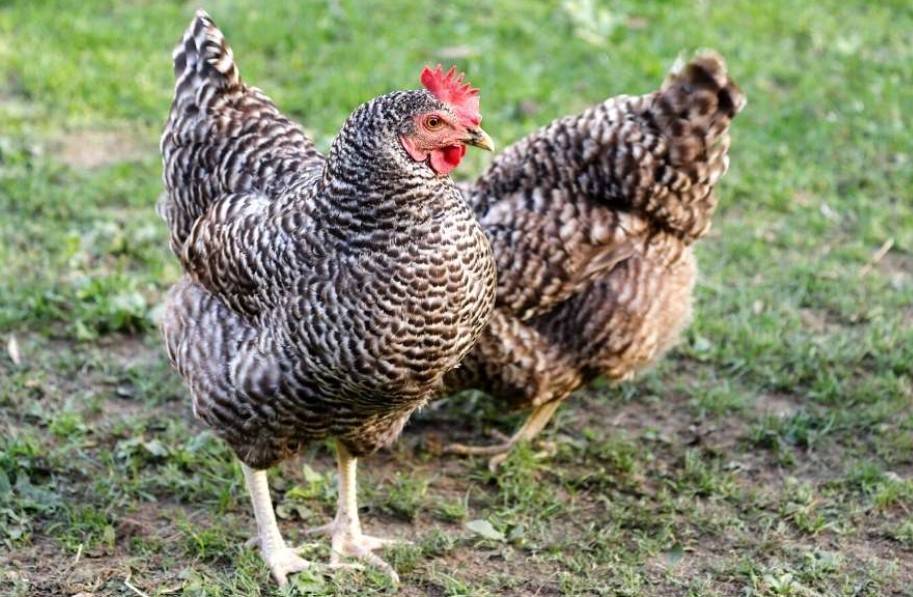
A Gujarati native variety of chicken was going through a crisis a few years ago. Slow growth and poor egg production had already begun to negatively affect the Ankleshwar chicken breed's population. But because of scientific intervention, the genetic makeup of the 'desi' chicken breed has improved.
In order to preserve the original breed, Ankleshwar hens with genetic improvements have been given to nearby poultry farms. The Anand Agricultural University received recognition for protecting this indigenous breed.
The National Bureau of Animal Genetic Resources (NBAGR), located in Karnal, Haryana, has assisted AAU in its efforts to preserve the local breed.
AAU has been given the ICAR-NBAGR, Karnal supported breed conservation award 2022 for the Ankleshwar chicken for starting the project to conserve the breed.
The only regional breeds of chicken from Gujarat that have been registered with the NBAGR, the national breed registration body, are Ankleshwar and Busra chickens. Ankleshwar chicken is only found in Gujarat, whereas Busra is available in both Gujarat and Maharashtra.
According to AAU sources, they acquired the Ankleshwar chicken as an indigenous breed in 2004–2005 after conducting a census.
The institution procured viable eggs in 2012 from the Ankleshwar breed's nesting grounds in the Narmada and Bharuch districts.
At PRS, these viable eggs underwent artificial incubation and produced chicks. A genetically improved breeder stock was created and preserved from this base population as part of a planned university initiative and an all-India coordinated research project financed by ICAR.
After undergoing a few generations of improvement and purification, the breed was ex-situ conserved, meaning that it was preserved outside of its breeding tract. Since then, poor rural chicken producers have received 60,000 chicks of this genetically enhanced variety each year.
In the past, the hen would lay 80–90 eggs. However, with improved genetics and a healthy diet, one hen can lay 140–150 eggs up to 64 weeks of age. According to those involved in the project, this inevitably serves to increase the income of poultry producers.
The university has also conducted in-situ conservation of the breed, providing 50 beneficiaries in Umarvada village in Ankleshwar taluka with chicks of the genetically improved breed so that the farmers can breed the chicken themselves.
















